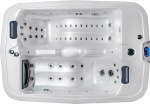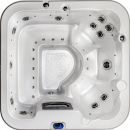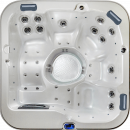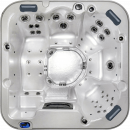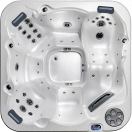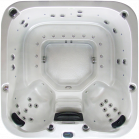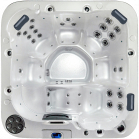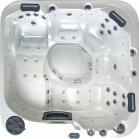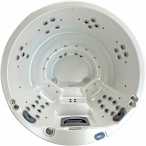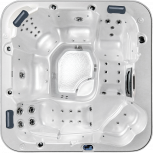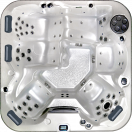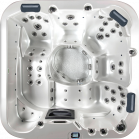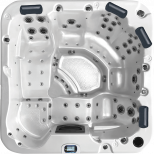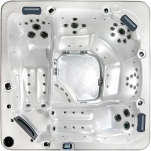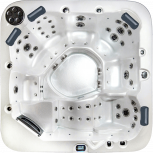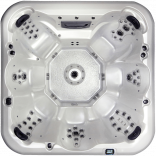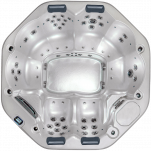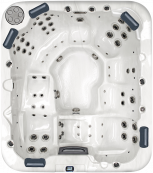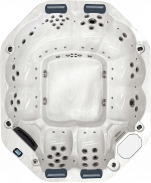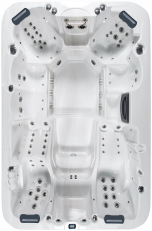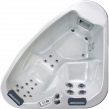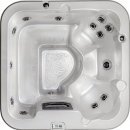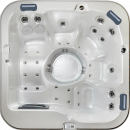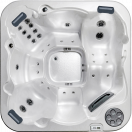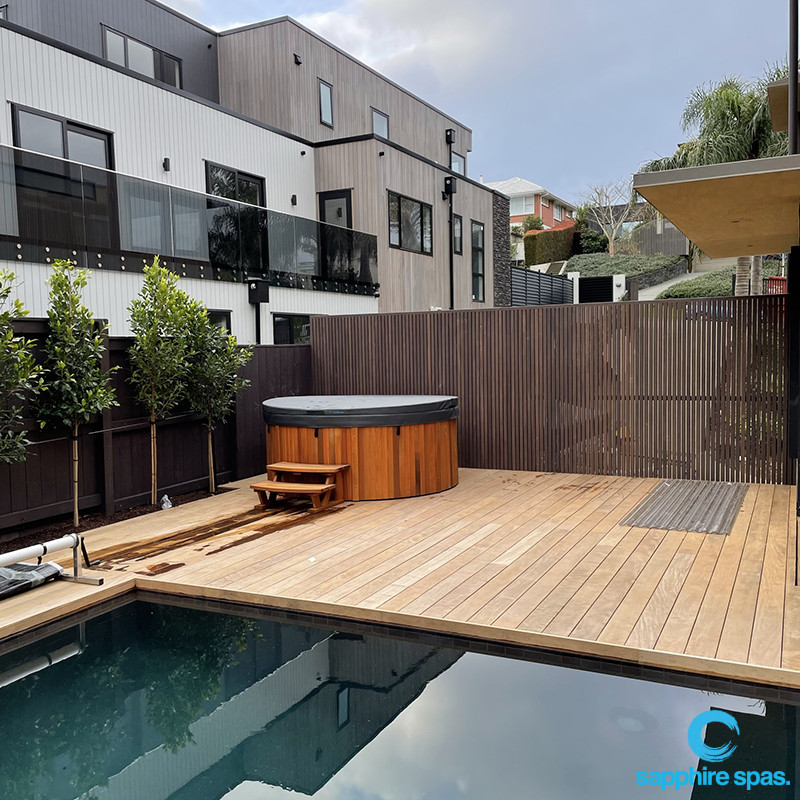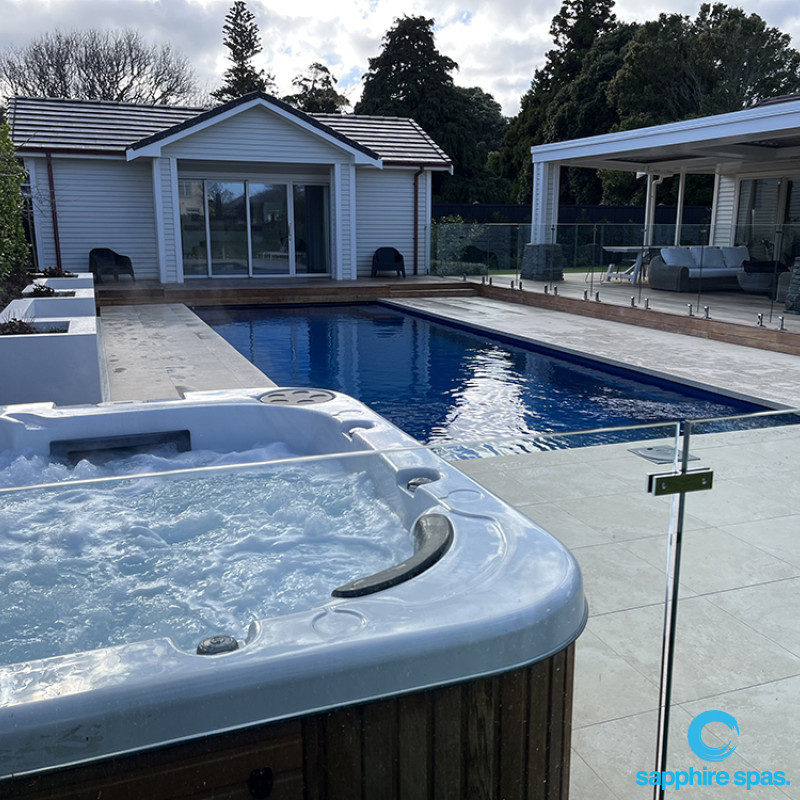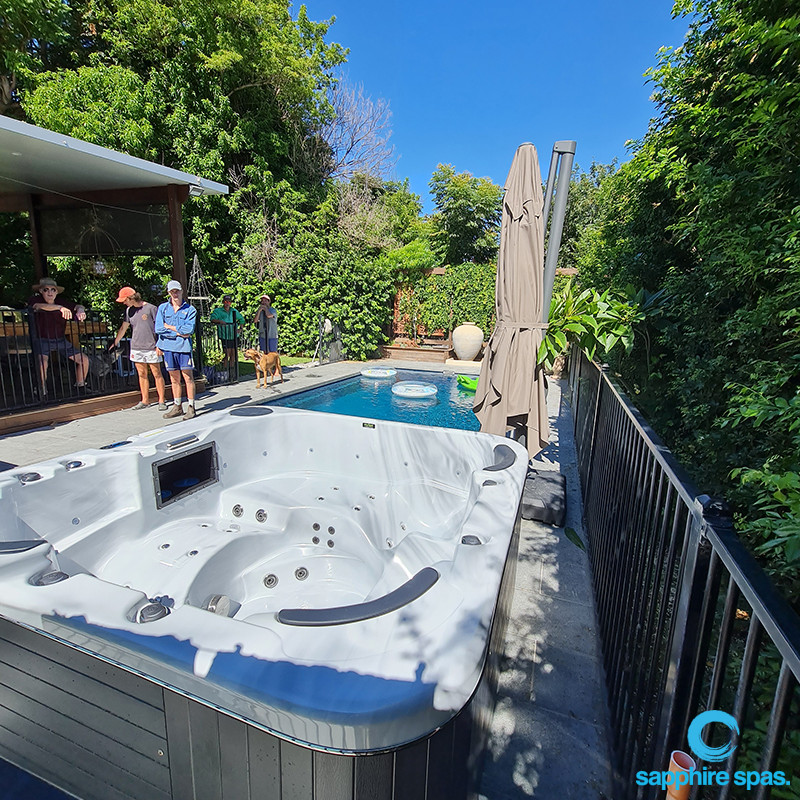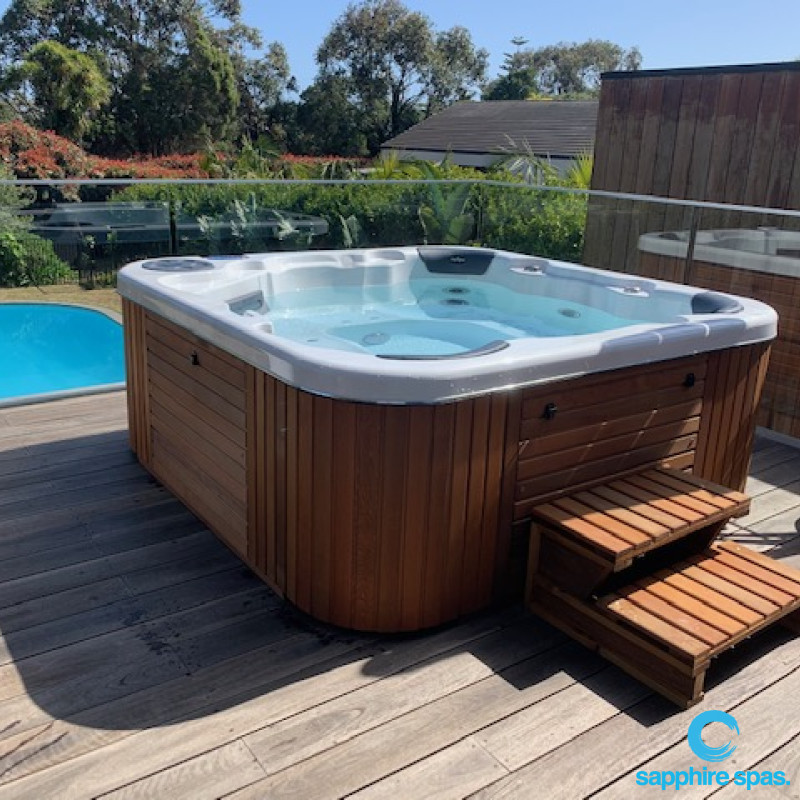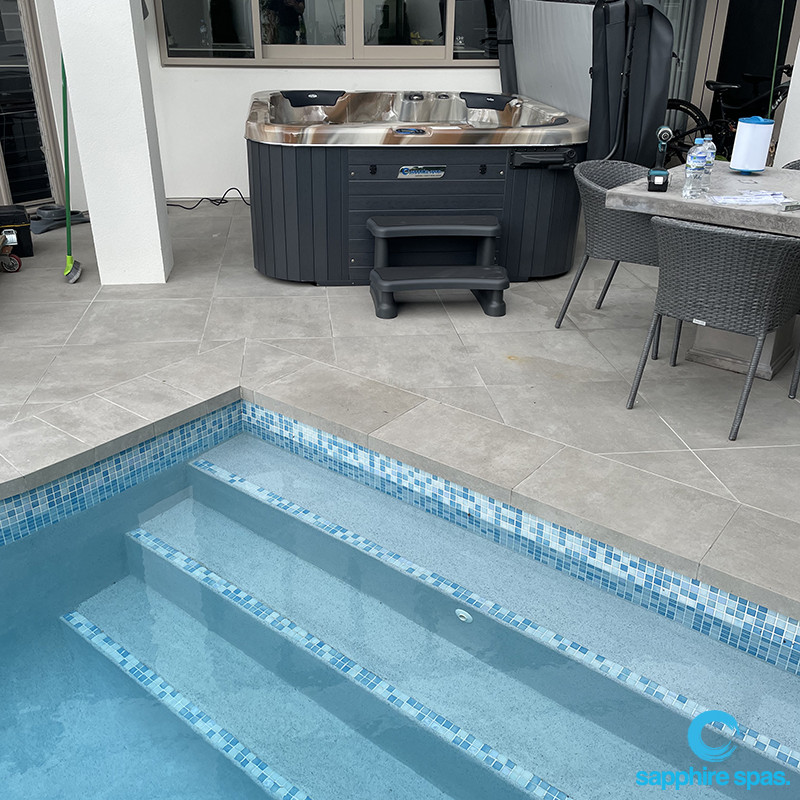Reflexology was introduced as a healing art over 5,000 years ago when early Chinese physicians would apply pressure to acupuncture points using just their fingers without the use of oils or lotions. These days, reflexology is fast becoming one of today's staple cure-alls. It's hip and trendy because it doesn't cost much and it works! It also gets you off your high horse for an hour if you're feeling stressed out about something too serious to handle yourself, plus there's no side effects.
Reflexology techniques are applied only to the hands, feet and ears but not for relaxation purposes as you might think. Reflexologists believe that these reflex points in the hands and feet correspond to different organs and body parts. By stimulating these reflex points on the feet, hands or ears with specific pressure techniques, reflexologists can help stimulate and heal corresponding organs and body parts elsewhere in your body. In this article we will explore reflexology massage with a particular focus on the feet region, and its effects on various aspects of health, including physical stress relief, improved circulation and better sleeping patterns.
Stimulation Of Pressure Points Called "Inferred Reflex" Areas
Reflex areas are areas of the body which it is possible to be stimulated by a stimulus on another area, as in an 'inferred reflex' area. The peripheral nervous system sends impulses from all senses to the brain where they are processed into meaningful sensory impressions. The somatosensory system is made up of a complex network of pathways that lead from the skin and other sense organs to a region in the brain called "S1" (look it up). This region then transmits messages with specific meaning related to touch or movement from head, face, upper limbs, etc., back down again through various pathways depending on what kind of information this particular pathway has been set up by genetic determination. That way different parts of your body correspond
Pressure on the feet, hands and ears are used with specific thumb, finger or hand techniques that are applied to certain points called "reflex areas". Therapeutic approaches have included using it as a preventive measure against throbbing headaches, stress relief and general relaxation treatment like an ancient form of acupuncture without needles (especially when done during pregnancy). Research also shows that although reflexology does not cure illness, it can be an effective complementary therapy for certain conditions.
Treating Aching Feet & Lower Legs with Reflexology
As reflexologists will tell you, reflexology is not just a foot massage. Reflexology considers the feet to be a map of the outside world. Fluctuation in blood circulation is a significant reason for aching or throbbing lower legs and/or feet. So reflexology as an excellent massage therapy treatment that decreases pain by stimulating those points on your foot which correspond to those areas in your lower legs and feet. In this way, it will assist your body's ability to heal itself by encouraging healthy circulation throughout your body. The reflexology foot massage is a much more modern application that uses the same basic ideas as those early styles, but now utilizes reflexology tools such as special reflexology sticks and balls to provide targeted pressure on specific reflex points in order to obtain desired results for your body's health.

